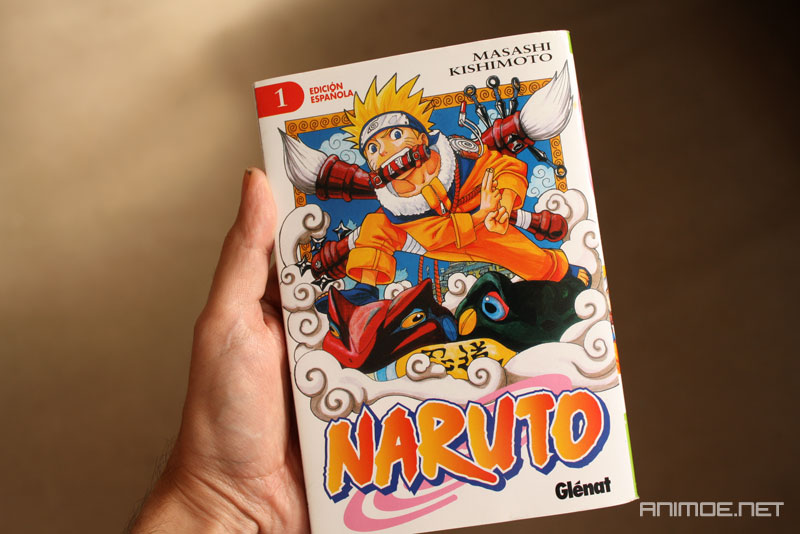George, Chekesha
In the article, "Analyzing the Diversity of a High School Library" by Sarah Jorgenson and Rene Burress, they discuss the importance of recognizing diversity not only in American society but also in school libraries. "Schools are culturally diverse places that have students and staff who represent varieties of race, culture, ability, sexual preference or identity, religion, gender, and class. School librarians serve all these individuals" (Buress & Jorgenson 2020). The authors go on to state that, "if the current collection of young adult fiction portrays only the typical white, heterosexual main character (Perez, para 8), then the collection does not allow for understanding and learning of other races, cultures, and abilities, nor does it allow for students of minority groups to see themselves represented in books. The modern school library must strive to continually add diverse titles to its collection so that all students feel represented and can find and read books to which they can relate" (Burres & Jorgenson 2020). The article goes on to guide school librarians in the various ways that they can ensure that they are diversifying their collections to serve in the best interest of the students they serve.
This article resonated with me on a personal level. As a Black woman, it was not until my sophomore year in high school that I finally read a book written by an author of color. The first two novels I ever read where the protagonists were non- white was Amy Tan's The Kitchen God's Wife and Native Son by Richard Wright. As an adult, I have never forgotten the impact that these novels had on me. After reading these books in my Honors English class, I was eager to read more multicultural books. This became one of my favorite genres. There is something so powerful and endearing about reading books that teach you about cultural experiences outside of your own. "In order to serve all students, school librarians must be ready to advocate and promote diversity within their own environment. Placing diverse books in the hands of students helps develop empathy and understanding, allowing students to get to know those around them. By being knowledgeable and accessible, and by providing diverse resources for students, school librarians help students to grow and understand each other and themselves" (Burress & Jorgenson). As a librarian and life-long learner, I am comforted in knowing that there is finally research and literature to support why diverse literature is and will continue to be important in library collections.
Citation: Jorgenson, Sarah, and Rene Burress. "ANALYZING THE DIVERSITY OF A HIGH SCHOOL LIBRARY COLLECTION." Knowledge Quest, vol. 48, no. 5, May-June 2020, pp. 48+. Gale Academic OneFile, link.gale.com/apps/doc/A626204945/AONE?u=csusj&sid=bookmark-AONE&xid=5ef3ada5. Accessed 30 Nov. 2024.
